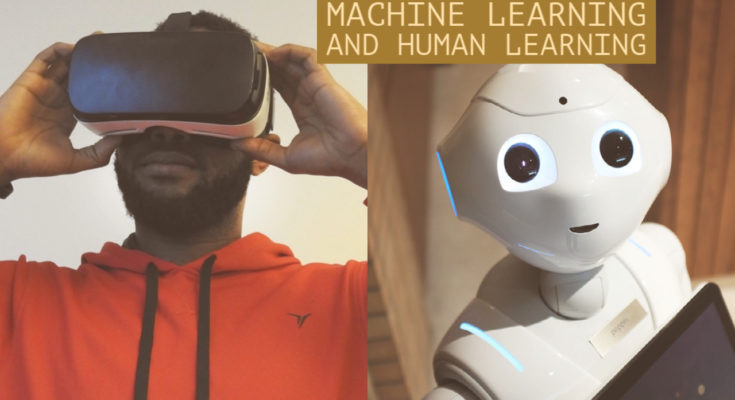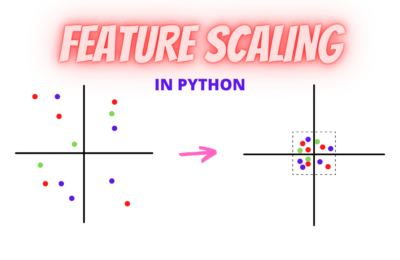The funny thing about machine learning is that it closely seems to mimic human-learning algorithms which when studied closely(by a human:), could help him to learn and that could eventually enable them to make better machine-learning algorithms and on and on…~ Sushant Singh Rajput.

I always wonder how erudite was he! Although ML has a long way to go as compared to human learning, let’s list a few of its concepts that have roots in the latter:
Bias-Variance Dichotomy
Another term for this dichotomy is Underfitting vs. Overfitting. In Machine Learning, if the model generalizes a lot, i.e. in simple words, it oversimplifies the learning process; it leads to bias or rigidity in predictions.
If the model does not generalize at all, i.e. it learns every variation in training data, it is called high variance. Here, the model overcomplicates the learning process.
Similarly, in human learning, one must neither be too rigid nor too indecisive, i.e. we should have low bias and low variance.
The importance of optimal learning rate
While learning any topic, a typical dilemma is breadth vs depth, which determines the learning rate of a human being. If we slow down the learning rate for depth, we might take a long time to learn a concept.
If we take it too fast, we might miss some important details. The convergence of ML algorithms works similarly. A high learning rate leads to overshooting of the optimal point, while a low rate leads to slow convergence.
It’s not all about mathematics and logic
There are two sides/aspects of the human brain. One is the logical and mathematical part, while the other is the creative/imaginative/intuitive part. In today’s world of academia and industry, there is an excessive focus on logical and mathematical reasoning. Without a doubt, they are important. However, simple creativity or imagination can simplify complex concepts instead of complex mathematical or logical analysis. A classic example of this is Einstein’s theory of gravity, which represented gravity as a wave, thus simplifying its understanding.
Machine Learning/ Data Science is not alien to this idea. While there is a temptation to leverage the most complex ML algorithms at our disposal, simple visualizations or feature transforms can help us understand the most complex phenomenon.
P.S. Image in the post taken from Sushant Singh Rajput’s Instagram profile




